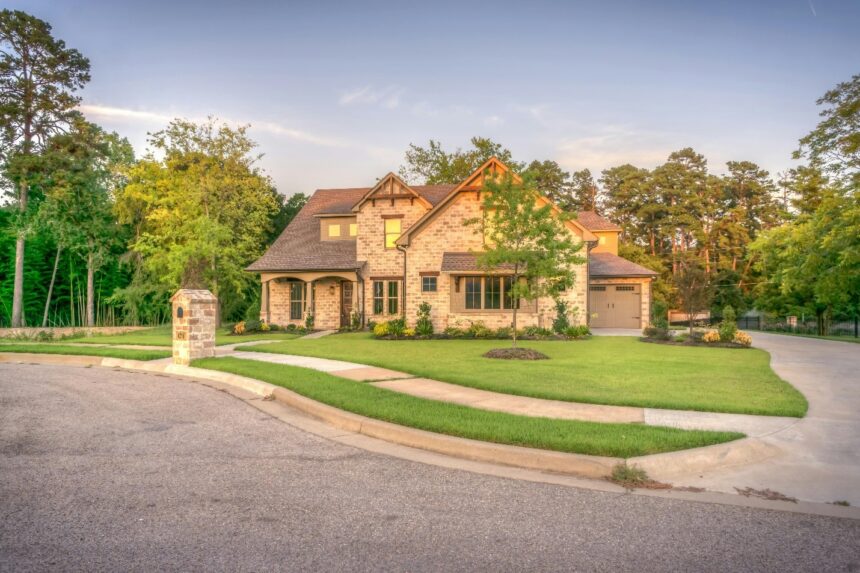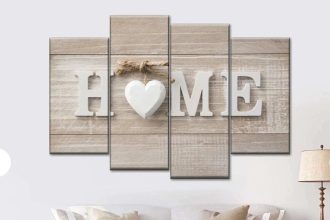Congratulations — you’re officially a homeowner! Whether you’ve just signed the papers or are counting down the days to move in, this new chapter comes with a lot of excitement… and a few responsibilities too. Before you start decorating or hosting friends, there are some essential things you’ll want to fix, check, or change.
This first-time homeowner checklist will help you settle in confidently, avoid unexpected issues, and make your new house feel like home.
1. Change the Locks
This is one of the first things you should do — seriously. You never know how many spare keys are out there from previous owners, real estate agents, dog walkers, or neighbors. A quick rekey or lock change is a simple way to secure your new space.
To-do:
- Replace or rekey all exterior door locks
- Install deadbolts or smart locks for added security
- Test all doors and windows for proper locking
2. Check Plumbing and Fix Leaks
Plumbing issues can be sneaky and expensive. It’s worth doing a quick check before you move in fully and find water damage after the fact. Look for:
- Leaks under sinks and around toilets
- Drips or puddles near water heaters and appliances
- Low water pressure or inconsistent hot water
- Signs of water stains on ceilings or walls
Also, make sure you know where your main water shutoff valve is. In an emergency, that knowledge can save you major headaches (and repairs).
3. Replace the Air Filters
This one is easy to forget but super important for your comfort and health. Air filters trap dust, allergens, and other particles, and they get dirty fast — especially if they haven’t been changed in a while.
To-do:
- Replace the HVAC air filter before you move in
- Note the filter size and recommended replacement schedule (usually every 1–3 months)
- Consider upgrading to a carbon filter for better indoor air quality
Clean filters = cleaner air and a more efficient heating and cooling system.
4. Test Electrical and Safety Systems
Before you plug everything in, give your electrical system a once-over to make sure everything’s functioning safely.
Checklist:
- Test all light switches and outlets
- Replace broken or missing outlet covers
- Locate your breaker box and label each circuit
- Test smoke and carbon monoxide detectors (and change the batteries!)
These little checks go a long way toward avoiding future problems — or even hazards.
5. Look for Signs of Pests
Nobody wants roommates of the rodent or insect variety. It’s smart to check now before the house is full of boxes and furniture.
Watch for:
- Droppings or chewed materials (especially in cabinets, basements, or attics)
- Gaps in doors, windows, or around pipes
- Musty smells or scratching sounds in walls
If you notice anything suspicious, you might want to schedule a pest control visit or do a preventive treatment around your home’s exterior.
6. Deep Clean Everything
Even if the previous owners cleaned up, nothing beats a fresh start. Before your furniture arrives, take the opportunity to deep-clean the whole house.
Focus on:
- Kitchen cabinets and drawers
- Bathroom sinks, tubs, and toilets
- Baseboards, doors, light switches
- Carpets, hardwood floors, and tile
You’ll thank yourself later — and it’s a great way to get familiar with your new home.
7. Set Up Utilities and Services
The last thing you want on move-in day is to discover there’s no water, power, or Wi-Fi. Make sure your utilities are all set up in advance.
Setup:
- Electricity and water
- Gas or oil (if applicable)
- Trash/recycling services
- Internet and cable
- Optional: home security systems or smart home tech
Pro tip: Schedule internet installation early — those appointments can book up fast.
8. Document Everything
Take photos and notes as you move in. It’s a good habit that helps you track changes over time and keep a record of the home’s condition on Day 1.
What to document:
- Each room, including walls, floors, windows, and ceilings
- Existing wear and tear or cosmetic damage ● Meter readings (gas, electric, water)
- Appliance serial numbers and warranty info
Even if you’re not renting, having a visual record can be useful for future improvements or insurance claims.
9. Prep for Emergencies
Nobody wants to think about emergencies, but being prepared is part of responsible homeownership.
Essentials:
- Locate the water shutoff valve, circuit breaker, and gas shutoff (if applicable)
- Buy or assemble an emergency kit: first aid supplies, flashlights, extra batteries
- Install fire extinguishers in the kitchen, garage, and near heat sources
- Keep emergency numbers handy
It only takes a little effort now to stay safe down the road.
10. Build Your Homeowner Toolbox
If you don’t have one already, a basic toolbox will become your best friend. Trust us — things will need adjusting, fixing, or hanging.
Starter toolkit:
- Hammer, screwdrivers (flathead and Phillips)
- Measuring tape, level, utility knife
- Pliers, wrench, and basic hardware (screws, nails, anchors)
- Stud finder and picture-hanging kit
You don’t need to be a DIY expert — just be ready for the little things.
Welcome Home
There’s nothing quite like the feeling of owning your first home. While there’s a bit of work to do upfront, checking off these essentials will save you time, money, and stress in the long run.
So go ahead — hang those curtains, start that garden, and enjoy the peace of mind that comes with knowing you’ve got the important stuff covered.














